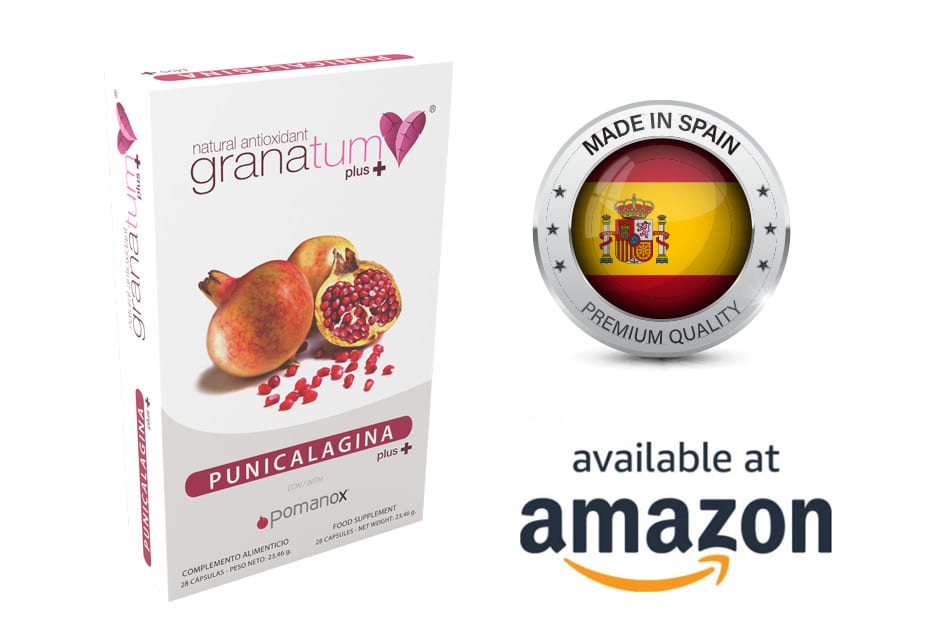
During the duodenal step, we observed a low stability of anthocyanins and flavonoids and an important release of ellagic acid, especially after peel extract digestion. The poor potential absorption of the studied phenolic compounds led to their high exposure to colonic metabolism. After colonic fermentation, peel extract appeared to be the best source of microbial substrates leading to a larger generation of gut microbial catabolites in terms of absolute amounts. We suggest that using peel extract might be a good strategy to enrich food products with potential health benefits in the prevention of chronic diseases.
COUNTRIES: Spain
CONDUCTED BY: Food Technology Department, Agrotecnio Research Center, University of Lleida, Spain
PUBLISED ON: Journal of Functional Foods
RESEACH: Pomegranate fruit contains a wide range of phenolic compounds that have been related to several health benefits. The stability of pomegranate phenols during digestion was tested by the application of in vitrogastrointestinal digestion (GID) to different pomegranate products: pomegranate juice (PJ), pulp (PP) and peel extract (PE). The resulting non-absorbable fractions were submitted to in vitro colonic fermentation with human faeces to monitor the generation of microbial metabolites. During the duodenal step, we observed a low stability of anthocyanins and flavonoids and an important release of ellagic acid, especially after peel extract digestion.
The poor potential absorption of the studied phenolic compounds led to their high exposure to colonic metabolism. After colonic fermentation, peel extract appeared to be the best source of microbial substrates leading to a larger generation of gut microbial catabolites in terms of absolute amounts.
We suggest that using peel extract might be a good strategy to enrich food products with potential health benefits in the prevention of chronic diseases.
YEAR: 2015

